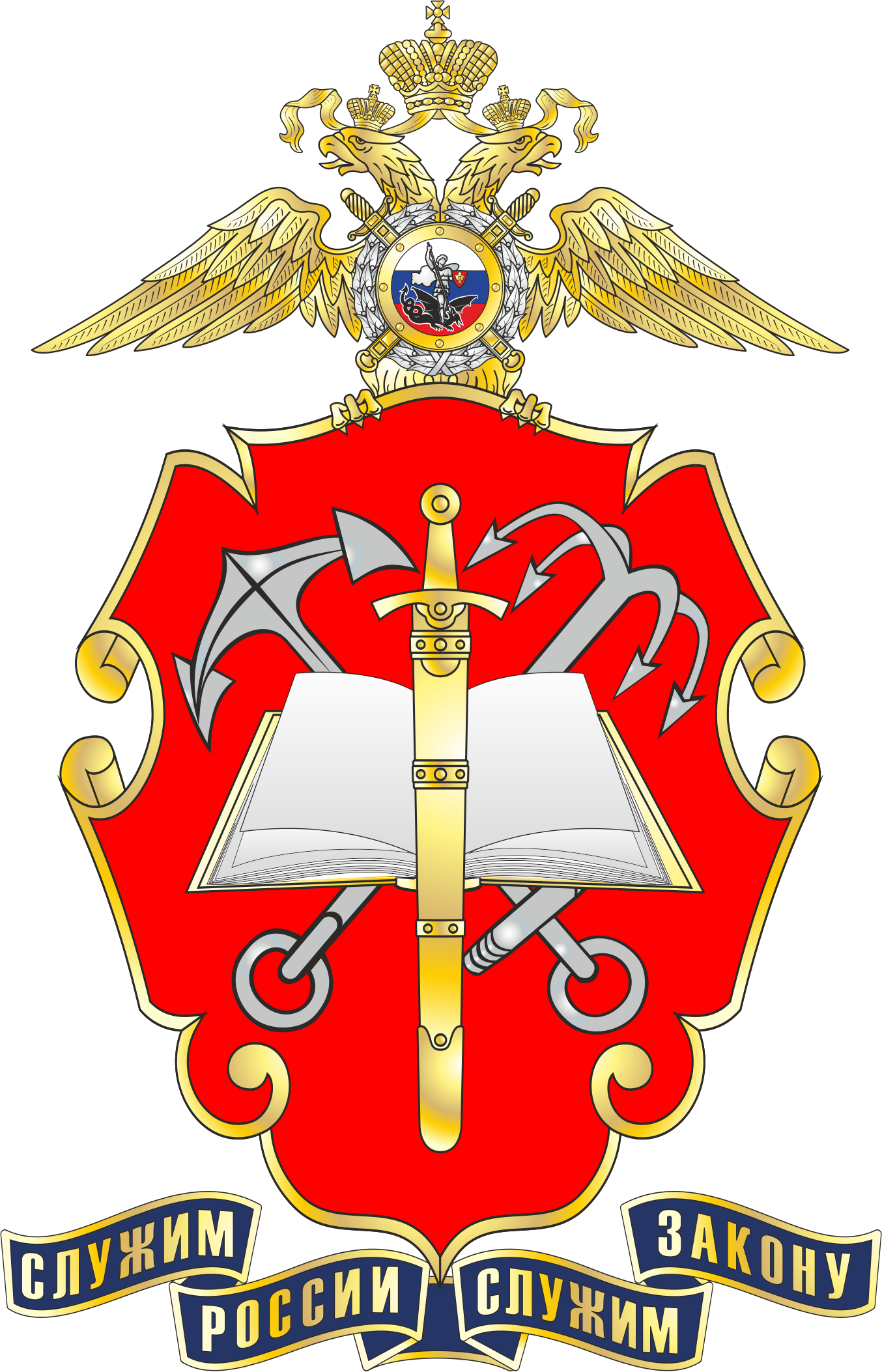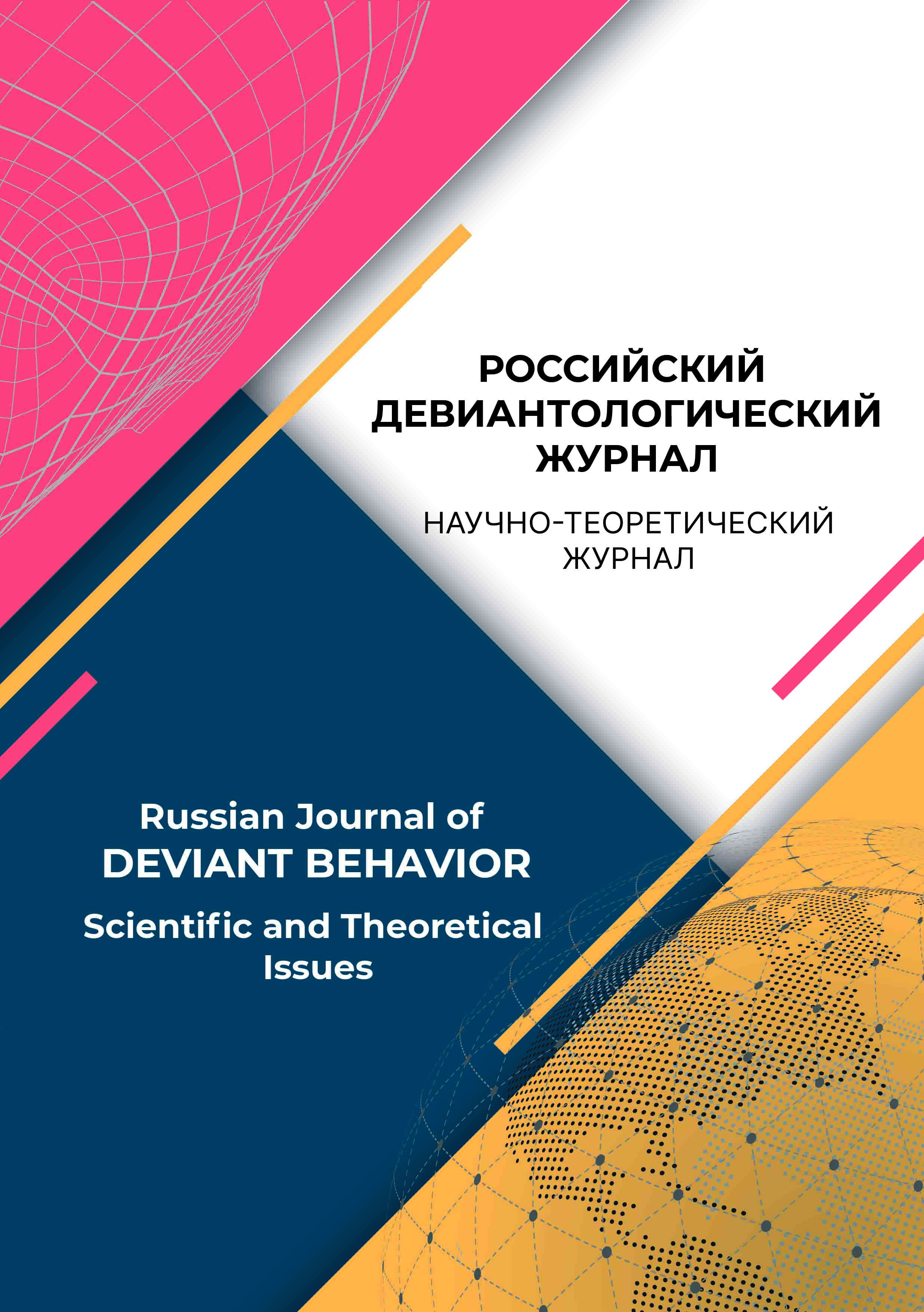Kazakhstan
The article examines criminological aspects of migration processes undergoing in the capital of Kazakhstan, Nur-Sultan. The features of conflictological opportunities among citizens of Nur-Sultan in the context of immigration and crime are analyzed. The study revealed social anxiety associated with the flow of migrantsas well assome criminological features of immigration crime. The article offers a description of immigration crime based onBeck’s theory of the “risk society”. Riskminimization should become the core of the immigration crime prevention system.
urbanization, metropolis, migration, immigration, migrants (external/internal), migration risks, immigration crime, migration policy
1. Campos-Delgado, A. (2020). Abnormal bordering: control, punishment and deterrence in Mexico’s migrant detention centres. The British Journal of Criminology, 61(2), 476-496. DOI:https://doi.org/10.1093/bjc/azaa071
2. Cui, K., & To, S. (2020). Scool Climate, Bystanders’ Responses, and Bullying Perpetration in the Context of Rural-to-Urban Migration in China. Deviant Behavior, 1-20. DOIhttps://doi.org/10.1080/01639625.2020.1752601
3. Fabini, G. (2017). Managing illegality at the internal border: Governing through “differential inclusion” in Italy. European Journal of Criminology, 14(1), 46-62. DOI:https://doi.org/10.1177/1477370816640138
4. Kennedy, J. F. (1964). A Nation of Immigrants. New York: Harper & Row Publishers.
5. Killias, M., & Lukash, A. (2019). Migration, not migrants, is the problem: Delinquency among migrants and non-migrants in Switzerland and ex-Yugoslavia. European Journal of Criminology, 17(6), 896-917. DOI:https://doi.org/10.1177/1477370819828329
6. Luhmann, N. (1993). Risk: A Sociological Theory. Berlin: Walter de Gruyter.
7. Sassen S. (2005). The Global City: Introducing a Concept. The Brown Journal of World Affairs, 11(2), 27-43.
8. Segrave, M. (2019). Theorizing sites and strategies of differential inclusion: Unlawful migrant workers in Australia. Theoretical Criminology, 23(2), 194-210. DOI:https://doi.org/10.1177/1362480619827527
9. Bek, U. (2000). Obshchestvo riska: Na puti k drugomu modernu. Moskow: Progress-Tradiciya.
10. Beriev, G. S., Karaeva, Z. V. (2019). Kriminologicheskij analiz prestplenij, sovershaemyh v megapolise. Molodoj uchenyj, 20(258), 291-293.
11. Borodkina, O. I., Sokolov, N. V., Tavrovskij, A. V. (2017). Social’nye riski mezhdunarodnoj immigracii v Rossiyu. Ekonomicheskie i social’nye peremeny: fakty, tendencii, prognoz, 10(3), 114-133. DOI:https://doi.org/10.15838/esc/2017.3.51.6
12. Dyadyun, K. V. (2012). Migraciya i prestupnost’: vzaimosvyaz’ prichin i uslovij. Gumanitarnye issledovaniya v Vostochnoj Sibiri i na Dal’nem Vostoke, 2, 109-114.
13. Demograficheskij sbornik (2020). Nur-Sultan: Komitet po statistike ME RK.
14. Kapicyn, V. M. (2014). Megapolis: integraciya migrantov kak problema pravovogo regulirovaniya. Modernizaciya otechestvennoj sistemy upravleniya: analiz tendencij i prognoz razvitiya: Materialy Vserossijskoj nauchno-prakticheskoj konferencii i XII-XIII Dridzevskih chtenij (Str. 383-386). Moskow: Institut sociologii RAN.
15. Kobec, P. N. (2018). Kratkaya kriminologicheskaya harakteristika prestupnosti: sbornik materialov Mezhdunarodnoj nauch¬no-prakticheskoj konferencii (Str. 27-29).
16. Mezhnacional’nye i mezhkonfessional’nye otnosheniya v Respublike Kazahstan (po rezul’tatam sociologicheskogo issledovaniya): Nauchnoe izdanie (2010). Almaty: KISI pri Prezidente RK.
17. My - Kazahstan. Analiz polozheniya v oblasti narodonaseleniya v Respublike Kazahstan (2020). Nur-Sultan: YUNFPA.
18. Obrazovanie v cifrah. Statistika Evrazijskogo ekonomicheskogo soyuza (2020). Polucheno iz http://www.eurasiancommission.org/ru/act/integr_i_makroec/dep_stat/econstat/Documents/Education%20Yearbook/EducationE¬AEU2020.pdf
19. Shcherbakova, E. M. (2018). Mirovoj demograficheskij barometr. Naselenie i obshchestvo, 337-338.















